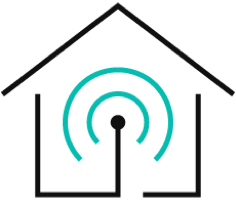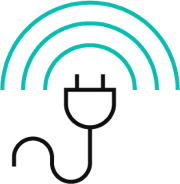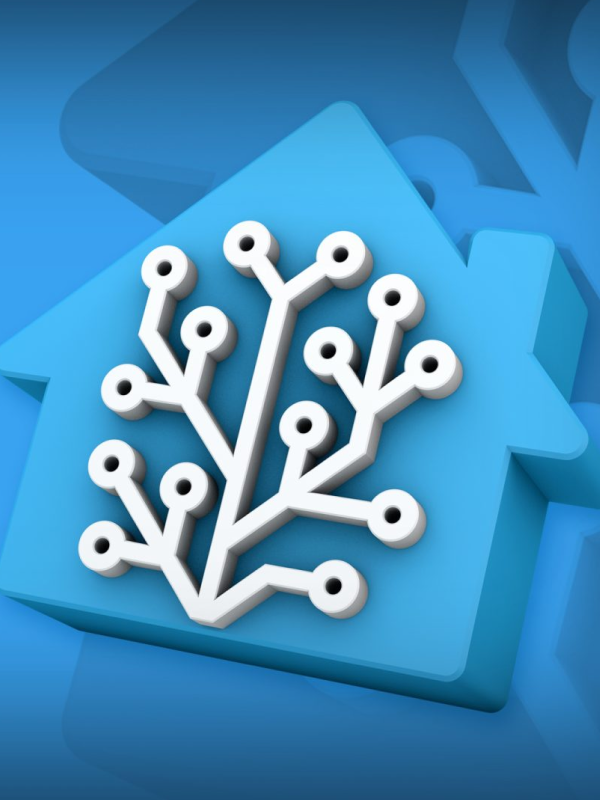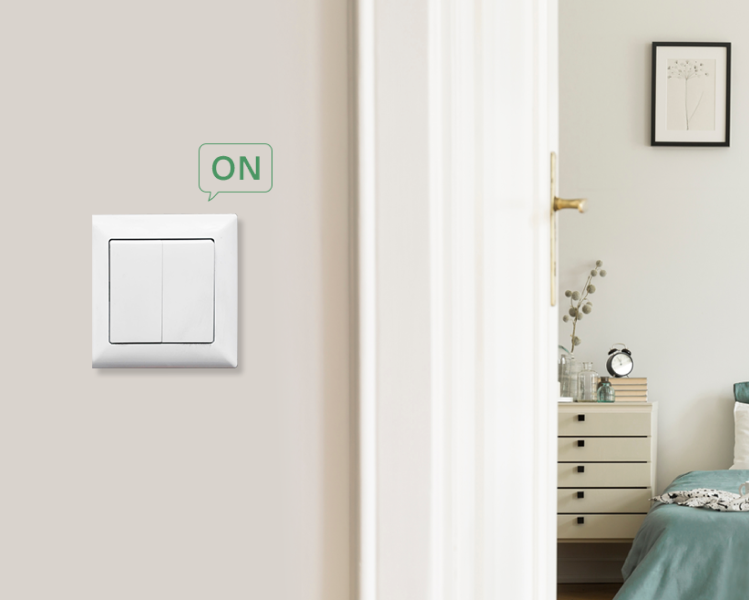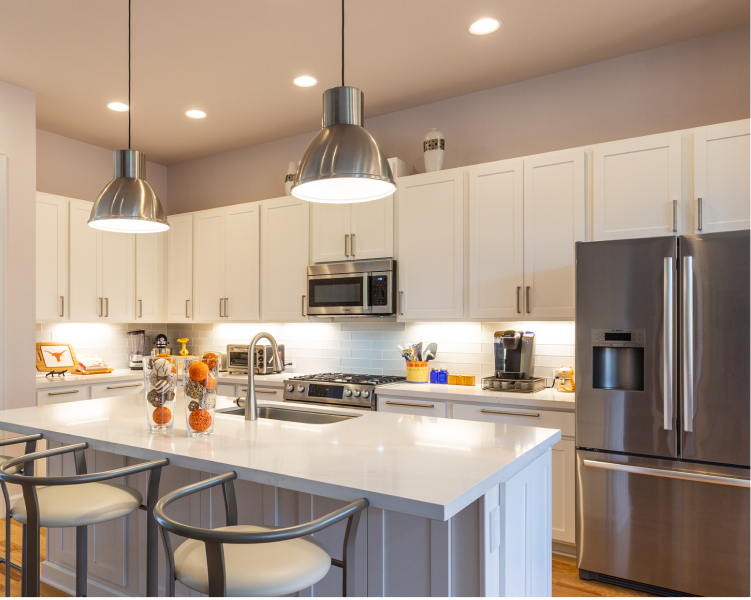Home Assistant can be a powerful platform that allows you to control your smart devices with voice commands and automation. One of the most powerful features of Home Assistant is its integration.
Home assistant integrations allow you to connect to other services and devices, such as smart thermostats, security cameras, weather apps, and many more!
Hundreds of integrations are available for Home Assistant, and each can add new functionality to your smart home.
For example, you can use integrations to control your lights with Amazon Alexa or Google Assistant, monitor your security cameras with Nest or Ring, get weather forecasts from Dark Sky or AccuWeather, and much more!
This blog post will take a comprehensive look at Home Assistant integrations. We will look into the definition of Home Assistant, the major types, and how to use them to create powerful automation.
By the end of this post, you will know everything you need to know to unlock the power of Home Assistant integrations.
- What Is Home Assistant?
- Z-Wave Home Assistant And Zigbee Home Assistant
- What Are Home Assistant Integrations?
- Best Home Assistant Devices
- EVVR In-Wall Relay Switch Compatible with Home Assistant
What Is Home Assistant?
So what is a Home Assistant? Simply put, a Home Assistant is a free and open-source home automation platform that allows you to control your smart devices with voice commands, automation, and scripts.
Home Assistant can control many smart devices, including lights, air conditioners, locks, surveillance cameras, and other devices. It can also integrate with other services, such as weather apps, music streaming services, and security systems.
Now one of the most powerful features of Home Assistant is its automation engine. With automation, you can create rules that will automatically control your devices based on certain events.
For example, you could create an automation that turns on your lights when you arrive home or locks your doors when you leave. It is a powerful tool that can be used to create a truly smart home experience.
Home Assistant is also very customizable. You can change the look and feel of the user interface, add custom scripts, and create your own Home Assistant integrations. This makes it a great platform for power users who want to get the most out of their smart home.

Z-Wave Home Assistant And Zigbee Home Assistant
You should know about Z-Wave and Zigbee, which are the two most popular wireless communication protocols. These protocols play a significant role in the realm of home automation, often integrated with home assistant platforms.
Let's have a detailed look at both platforms:
Z-Wave Home Assistant
Z-Wave is a wireless communication protocol that is commonly used for home automation devices. It is a mesh network, which means that devices can communicate with each other even if they are not in direct line of sight. This makes Z-Wave a good choice for large homes or homes with thick walls.
Z-Wave Home Assistant is an integration that allows Home Assistant to control Z-Wave devices. It is a reliable and stable integration, supporting a wide range of Z-Wave devices.
If you are looking for a reliable and stable way to control Z-Wave devices with Home Assistant, then Z-Wave Home Assistant is a great option.
Zigbee Home Assistant
Zigbee is another wireless communication protocol that is commonly used for home automation devices. It is a low-power protocol, which means that it is ideal for battery-powered devices.
Zigbee is also a mesh network, which makes it a good choice for large homes or homes with thick walls.
Zigbee Home Assistant is an integration that allows Home Assistant to control Zigbee devices. It is a relatively new integration, but it is growing rapidly in popularity.
Zigbee Home Assistant supports a wide range of Zigbee devices and is constantly updated with new features.
If you are looking for a low-power and flexible way to control Zigbee devices with Home Assistant, then Zigbee Home Assistant will be a great option.
Here is a table comparing the two protocols:
|
Feature |
Z-Wave |
Zigbee
|
|
Range |
Up to 300 feet |
Up to 100 feet
|
|
Power Consumption |
Higher |
Lower
|
|
Mesh Network |
Yes |
Yes
|
|
Security |
AES-128 encryption |
AES-128 encryption |
|
Price |
More expensive |
Less expensive
|
Ultimately, the best protocol for you will depend on your specific needs and requirements. If you need a reliable and stable protocol with long-range, then Z-Wave is a good choice. Zigbee is a good choice if you need a low-power protocol with a flexible mesh network.
What Are Home Assistant Integrations?
Home Assistant integrations make it possible for Home Assistant to control and monitor a wide range of smart home devices and services. There are Home Assistant integrations for everything from lights and thermostats to security cameras and weather forecasts.
To add an integration, you simply need to follow the below steps:
- To start, go to the "Configuration" page in Home Assistant and click on the "Integrations" tab.
- Then, search for the integration you want to add and click on the "Add Integration" button.
- After that Home Assistant will guide you through setting up the integration.
Once you have an Home Assistant integration set up, you can then easily control and monitor your favorite devices and services through Home Assistant.
For example, adding the "Philips Hue" integration lets you control your Philips Hue lights from Home Assistant.
You can also create automation that use the state of your Philips Hue lights to trigger other actions, such as turning off your porch lights when you wake up.
Home Assistant integrations can be a powerful way to extend the functionality of your smart home. With over 2,000 integrations available, there's sure to be one that can help you automate your home and make it even smarter.
Best Home Assistant Devices
There are lots of Home Assistant devices available in the market. A few of them are listed below:
Tuya Smart Sensors
Tuya also makes a range of smart sensors that are compatible with Tuya Home Assistant. These sensors can be used to track motion, temperature, humidity, and more. You can use the data from these sensors to create automations that make your home smarter and more efficient

Wyze Sense
The Wyze Sense is a smart sensor kit that is compatible with Wyze Home Assistant. It includes a motion sensor, a door/window sensor, and a contact sensor. You can use the Wyze Sense to track movement in your home, and you can also use it to create automations that trigger other devices when doors or windows are opened or closed.

Aeotec Z-Stick Gen5+
The Aeotec Z-Stick Gen5+ is a Z-Wave dongle that allows you to connect Z-Wave devices to Zwave Home Assistant. It is a reliable and affordable option, and it supports a wide range of Z-Wave devices.

Sonoff Zigbee 3.0 USB Dongle Plus
The Sonoff Zigbee 3.0 USB Dongle Plus is a Zigbee dongle that offers a long range and a high data transfer rate. It is a great option if you have a lot of Zigbee devices, or if you need to connect Zigbee devices that are located in different rooms of your home with the help of Zigbee Home Assistant.

Kasa Smart Plug
The Kasa Smart Plug is a Wi-Fi plug that allows you to control any device compatible with Kasa Home Assistant when it is plugged into it. It is a great option if you want to be able to control your appliances and electronics from anywhere in the world.
As you see there are a lot of devices available in the market when it comes to the best Home Assistant device. Once you've considered these factors, you'll be well on your way to choosing the right smart home integration for your needs.

EVVR In-Wall Relay Switch Compatible with Home Assistant
The EVVR In-Wall Relay Switch is a powerful no neutral smart light switch that can work with all wall switches and make any bulbs smart. Here are some of the key features of the EVVR In-Wall Relay Switch:
Compatible With Home Assistant
The EVVR In-Wall Relay Switch is compatible with Home Assistant, a popular open-source home automation platform. This means you can control your lights with your voice, automation, or the Home Assistant app.
Supports All Kinds Of Conventional Wall Switches
The EVVR In-Wall Relay Switch supports all kinds of conventional wall switches, so you can use your existing switches to control the lights. This makes it a great option for retrofitting projects, where you don't want to have to replace all of your light switches.
Control Your Devices With Your Voice
When you connect it to the smart plug, you can control any device with your voice using a compatible voice assistant, such as Google Assistant, Amazon Alexa, or Apple HomeKit.
The Takeaway
Home Assistant integrations are a powerful way to extend the functionality of your home automation system. By integrating with a wide range of devices and services, you can create a truly smart home tailored to your needs.
EVVR is a great way to enhance your lifestyle and embrace the future of intelligent living. We offer cutting-edge technology and stylish design and are committed to being your reliable business partner.
Our home automation system includes the EVVR In-Wall Relay Switch, EVVR Center Lite, EVVR Pad S, and the EVVR App. You can control your lights, thermostats, locks, and more with these products.
If you have any further questions, please do not hesitate to contact us. We would be happy to help you get started with EVVR and make your home smarter and more efficient.

